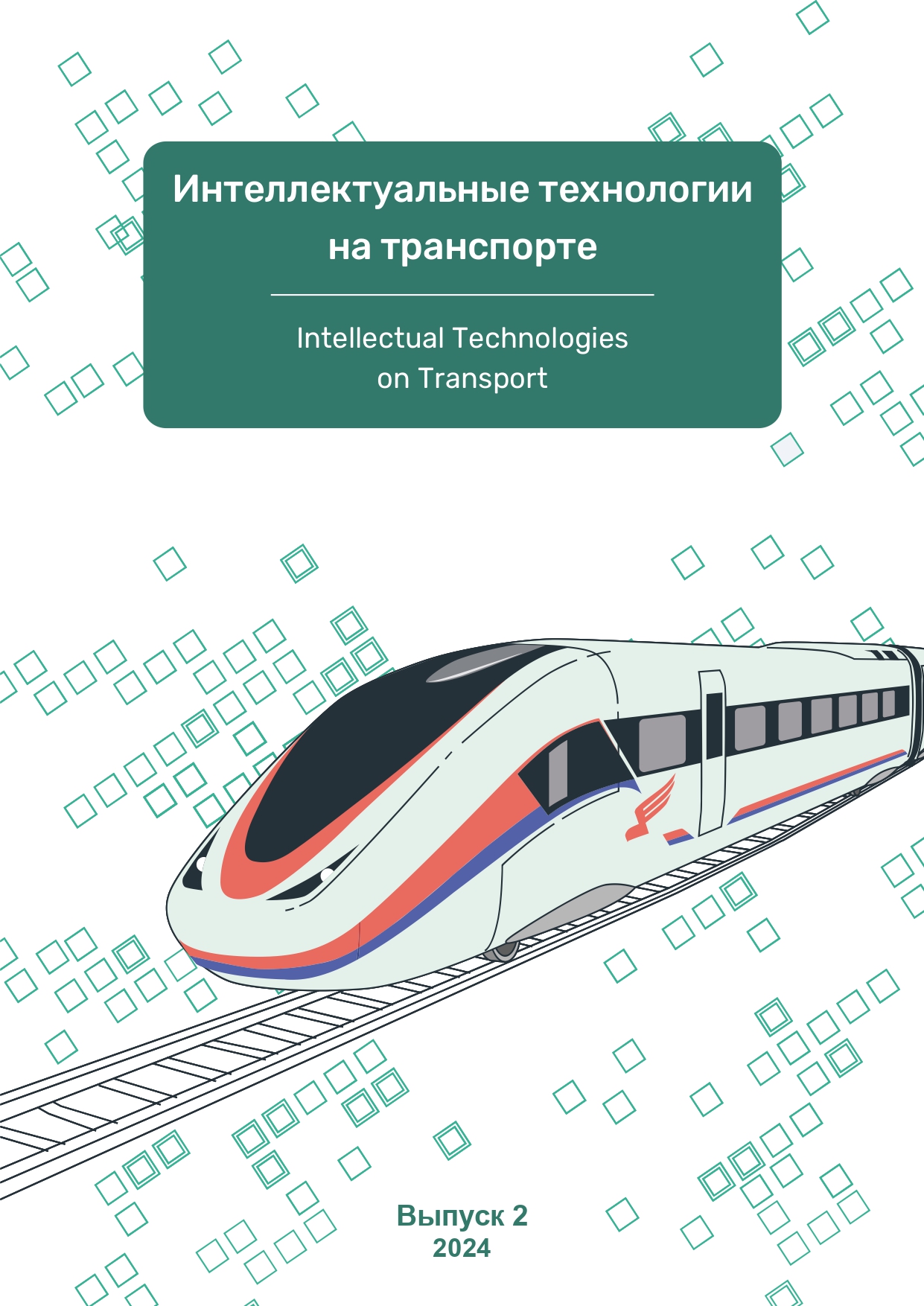Russian Federation
Mozhaisky Military Aerospace Academy (Department of Mathematics and Software, Professor)
Russian Federation
Abstract. Automated testing using Selenium was the standard in software development, but with the increasing complexity of applications, there was a need for more advanced tools such as Selenide. The transition to Selenide is considered, the advanced features and convenience of using Selenide for automated testing are emphasized. The purpose of the study is to demonstrate the benefits of switching to Selenide for automated browser testing, increase the stability of testing and provide guidance for migration. Methods and tools. These include setting up the testing environment, porting test scenarios, optimizing and refactoring tests. Selenide features such as automatic waiting, compressed syntax, and improved error handling are used. Examples and configurations of a number of tools are given: Maven, Gradle and Allure. The study reflects the process of switching to Selenide, demonstrating improvements in the stability and readability of texts. Examples of test scenarios optimized to increase productivity and ease of maintenance are given. Practica significance. It is to increase the effectiveness of tests. The complex migration process is considered, the stages of setup, scenario migration and optimization, as well as problems during the transition, and solutions are described. Further research should be directed to optimizing Selenide performance in large-scale applications and exploring additional features.
automated testing, Selenium, Selenide, optimization of test, Allure reports
1. Kosov E. S., Popov A. M. Razrabotka sistemy avtomatizirovannogo funkcional'nogo testirovaniya internet-magazina Brendmeyker // Pischevye innovacii i biotehnologii. 2022. S. 30–31.
2. Bukreeva I. R., Murtazina A. R. Sozdanie avtomatizirovannyh scenariev testirovaniya web-prilozheniya na primere sayta «Magazin dlya tvorchestva» // Innovacionnoe razvitie tehniki i tehnologiy v promyshlennosti (INTEKS-2021). S. 61–63.
3. Petkun V. O. Primenenie tipovyh elementov pri avtomatizirovannom testirovanii. BNTU. 2022. S. 161–164.
4. Petrova A. I. Issledovanie metodov i sredstv avtomatizirovannogo testirovaniya web-prilozheniy // Novye informacionnye tehnologii v nauchnyh issledovaniyah (NIT-2021). 2021. S. 119–121.
5. Arhipov I. S. Vnedrenie avtomatizirovannogo testirovaniya v agile-razrabotke // Universum: tehnicheskie nauki. 2023. S. 25–30.
6. Gojare S., Joshi R., Gaigaware D. Analysis and design of selenium webdriver automation testing framework // Procedia Computer Science. 2015. Vol. 50. P. 341–346.
7. Yanickaya T. S., Morenov I. R. Obzor i analiz suschestvuyuschih patternov proektirovaniya avtomatizirovannyh freymvorkov testirovaniya API. MCNP «Novaya nauka». 2023. S. 45–53.
8. Ramya P., Sindhura V., Sagar P. V. Testing using Selenium web driver // 2017 Second International Conference on Electrical, Computer and Communication Technologies (ICECCT). IEEE, 2017. P. 1–7.
9. Kirillov S. S. Vnedrenie sistemy upravleniya testovymi dannymi v proekt po avtomatizacii testirovaniya // Mezhdunarodnyy zhurnal gumanitarnyh i estestvennyh nauk. 2022. S. 150–152.
10. Markevich D. V., Homonenko A. D., Ermakov S. G. Ot Foxpro k PostgreSQL: optimizaciya, effektivnoe upravlenie dannymi i generaciya otchetov // Naukoemkie tehnologii v kosmicheskih issledovaniyah Zemli. 2024. № 1. S. 21–30.
11. Sudarchikov G. E. Analiz instrumentov dlya provedeniya avtomatizirovannogo funkcional'nogo testirovaniya programmnogo obespecheniya // Problemy razvitiya sovremennogo obschestva. 2024. S. 129–132. 66 Intellektual'nye tehnologii na transporte. 2024. № 2 Matematicheskoe i programmnoe obespechenie vychislitel'nyh sistem, kompleksov i komp'yuternyh setey
12. Vasil'ev V. A. Avtomatizaciya processa testirovaniya informacionnyh sistem za schet razrabotki specializirovannyh programmnyh instrumentov // Studencheskaya molodezh' XXI veka: nauka, tvorchestvo, kar'era, cifrovizaciya. 2022. S. 63–72.
13. Galagan T. A., Grekov P. A. Proektirovanie sistemy avtomatizirovannogo testirovaniya zadach po olimpiadnomu programmirovaniyu // Vestnik Amurskogo gosudarstvennogo universiteta, seriya «Estestvennye i ekonomicheskie nauki». 2021. S. 42–45.
14. Bidzhiev M. H., Kovaleva K. A. Avtomatizaciya testirovaniya pri razrabotke PO: instrumenty i podhody // Aktual'nye problemy nauchnyh issledovaniy: teoreticheskie i prakticheskie aspekty. 2023. S. 73–79.
15. Buravov A. A., Duzbaev N. T. Ispol'zovanie konteynerizacii dlya avtomatizirovannogo testirovaniya programmnogo obespecheniya v onlayn-obrazovanii // Universum: tehnicheskie nauki. 2022. S. 56–60.
16. Gluhov K. A., Zarubin I. B. Osobennosti formirovaniya modul'nyh i integracionnyh testov pri razrabotke sovremennyh informacionnyh sistem. KOGRAF-2022. 2022. S. 7–8.
17. Al'tshuler I. O. Selenium WebDriver kak instrument funkcional'nogo testirovaniya veb-prilozheniy. Vitebsk: VGU imeni P. M. Masherova. 2021. S. 286–288.
18. Smol'skiy S. S. Rol', naznachenie i problemy avtomatizirovannogo testirovaniya. BGUIR. 2022. S. 121–123.
19. Petrenko S. A., Petrenko A. A. Cifrovaya platforma testirovaniya i verifikacii programmnogo koda na osnove avtomata dinamicheskogo kontrolya // Distancionnye obrazovatel'nye tehnologii. 2020. S. 400–405.
20. Kirillov S. S. Vnedrenie avtomatizirovannyh testov v sistemu nepreryvnoy integracii // Nauchnye vesti. 2022. S. 37–44.
21. Bugaenko R. S. Avtomatizirovannoe testirovanie pri razrabotke programmnogo obespecheniya // Mezhdunarodnaya nauchno-tehnicheskaya konferenciya molodyh uchenyh. 2020. S. 3835–3840.
22. Markevich D. V., Harlanova V. V., Homonenko A. D. Integraciya sistem biznes-analitiki s sistemami upravleniya bazami dannyh na transporte // Naukoemkie tehnologii v kosmicheskih issledovaniyah Zemli. 2023.










